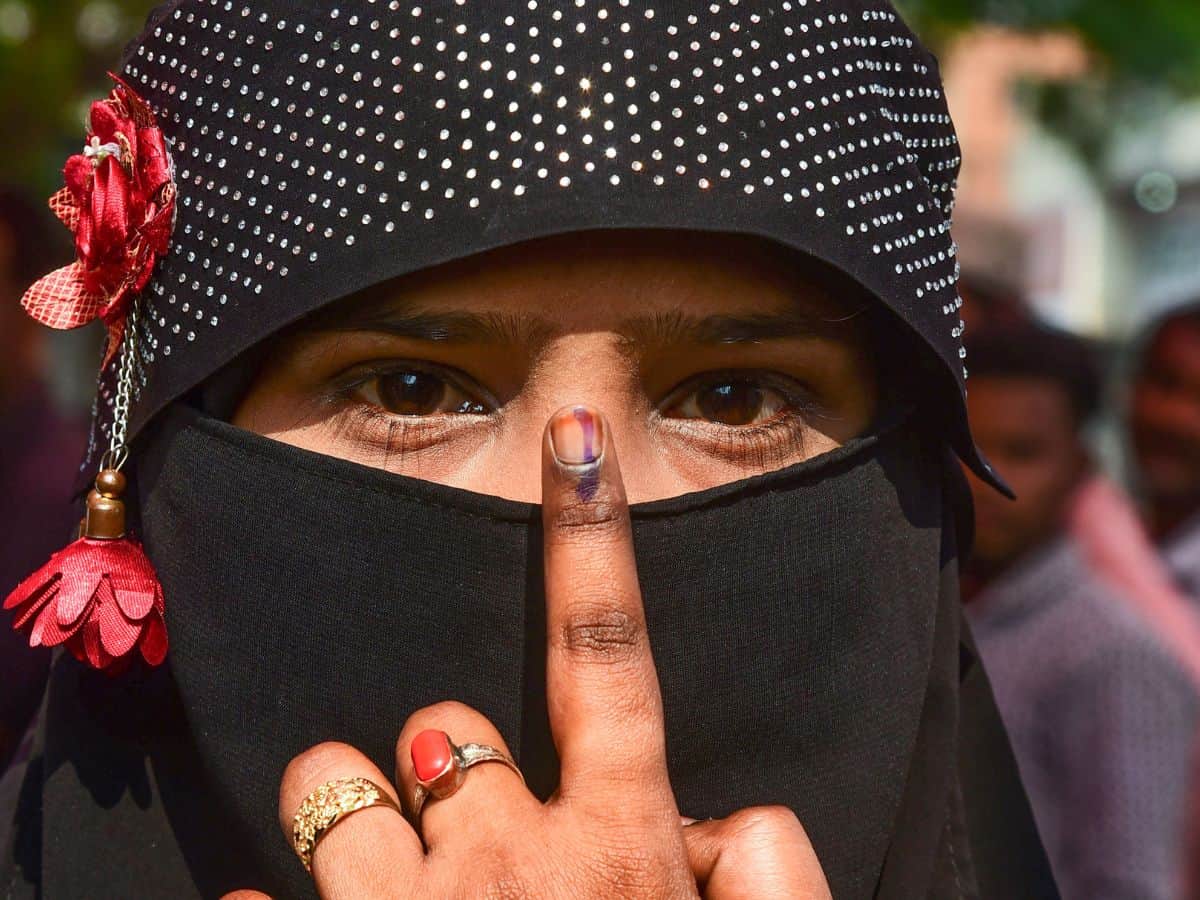
Perhaps nothing can be as ridiculous as the idea of Bharatiya Janata Party-Biju Janata Dal alliance conceived on March 5, but had to abruptly undergo abortion on March 22. This development exposes the utter lack of political foresight of the top brass of two important political parties—one boasting of being the largest in the world and another the most powerful of Odisha.
Can one imagine of Democratic and Republican Party in USA, Conservative and Labour Party in England or BJP and Indian National Congress going for tie up just a week before the announcement of election dates? And, then on March 22, that is six days after the Election Commission made public the dates of polling, they abruptly disclosed that they would be contesting separately.
Ever since Prime Minister Narendra Modi and state chief minister Naveen Patnaik shared a dais at an official function on March 5–which was also the 108th birth anniversary of former chief minister, Biju Patnaik–news started doing the rounds that the two main rival parties of Odisha are going to jointly fight the parliamentary and Assembly polls.
The two leaders showered praise on each other. Many political pundits speculated that the BJP government at the Centre may confer Bharat Ratna on Biju Patnaik, father of Naveen.
After all this ploy was used to win over Bihar chief minister Nitish Kumar’s Janata Dal (United) and Jayant Chaudhary’s Rashtriya Lok Dal.
Political storm
News of the alliance created storm in Odisha politics with the state office-bearers of BJP and even BJD started questioning the very decision of their respective parties. There was threat of desertion from both the camps. The weak Congress was eagerly waiting to capitalize on this confusion.
If Naveen’s old age and illness can be blamed for chaos in BJD, who should be held responsible for the party of Chanakyas. The apologists of saffron camp are silent on this anarchy within. Their friends in the media are busy highlighting relatively smaller disputes over seat adjustment in opposition Indian National Developmental Inclusive Alliance.
The big question is as to how a national party like the BJP can go for alliance with the rival regional party when the rank and file of both were dead against it? Is it that both the BJP and BJD leaders are nervous and not sure of their performance notwithstanding the fact that the third party in the fray, Congress, is weak. It won only one Lok Sabha constituency and nine Assembly seats in 2019 elections. Against this the BJD bagged 12 Lok Sabha and 112 Assembly seats and BJP eight and 23 respectively.
BJP makes tall claim that it is alone going to win 370 seats and the National Democratic Alliance 400. If the party is really so strong then why it is allying with political lightweights like Upendra Kushwaha in Bihar or Jayant Chaudhary in UP or H D Kumaraswamy in Karnataka?
The Congress in its heydays never joined hands with the politically marginalized parties and individuals. For example, it crossed 400 marks in 1984 without having any alliance with such political non-entities.
Actually, it was only after 1969 split in the Indian National Congress that the party had to seek support from others at a few places. But Congress never claimed that it is the biggest party on the planet.
Whether the BJP wins the coming election in India or not is a different matter, but there is no denying the fact that its top leaders are behaving immaturely.
Political pundits are still doubtful whether the saffron party had really become stronger or not after taking into its fold Nitish Kumar once again on January 28. As at the ground level, be it in Odisha or Bihar, there is so much contradictions between the saffron party and BJD or Janata Dal (United) that it is difficult to predict what way things will go.
After all, the Sangh Parivar always boasts that the BJP is a party with a difference.
Here all the moves are taken after astute planning and the candidates are put up after a lot of homework. But in the recent cases, including in Odisha, it seems that everything has gone haywire and nobody is in control of the situation.
Chaos in Bihar
If Odisha witnessed strange developments between March 5 and 22, in Bihar the situation was much funnier. On January 23, that is day after Ram Mandir consecration, the Centre announced the conferment of Bharat Ratna on former chief minister Karpoori Thakur, a prominent Extremely Backward Caste face. Nitish applauded this move of Narendra Modi, though in his lifetime Karpoori had to suffer a lot of humiliation at the hands of saffron brigade.
.
But on January 24 the state unit of the BJP organized a big function on Beer Chand Patel Marg, the road on which the offices of the saffron party as well as of JD(U) are situated. This was in protest against the denial of permission by the Nitish government to the BJP for holding the 100th birth anniversary of Karpoori Thakur in Miller School Ground. The entire road from the BJP office to JD(U) Office was blocked. The Miller School falls between these two places.
Top state BJP leaders, including Samrat Chaudhary, now the deputy CM, strongly denounced Nitish Kumar for disrupting this function. They claimed that there was no question of Nitish returning to the National Democratic Alliance fold. These developments took place even as the central leadership was secretly holding talks with the top JD (U) functionaries.
Four days later, that is on January 28 the same set of Bihar BJP bigwigs either became deputy CMs or ministers under Nitish. The question is: if the BJP central leadership was really busy in back-channel dealing with Nitish for the last couple of months why did not it take the state leaders into confidence. Throughout this period, they were busy hurling choicest abuses on Nitish and even claiming that he would soon be thrown into jail.
Be it in Odisha or Bihar or anywhere else this phenomenon of winning friend one day and then making them enemy the other day is wreaking havoc at the lower level. This is certainly dampening the spirit of the workers at the booth level.


